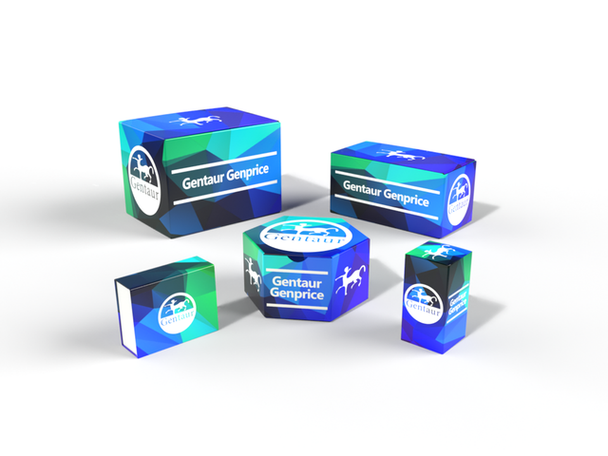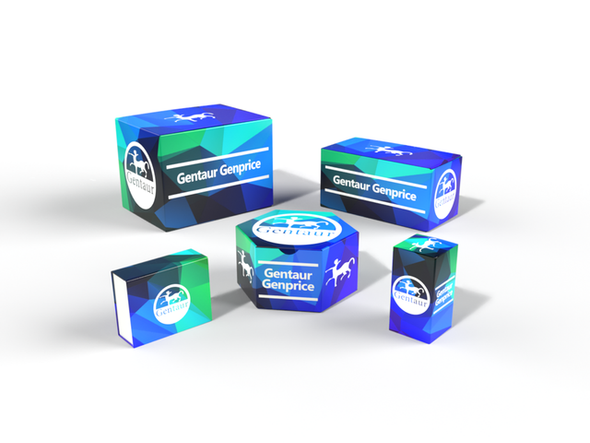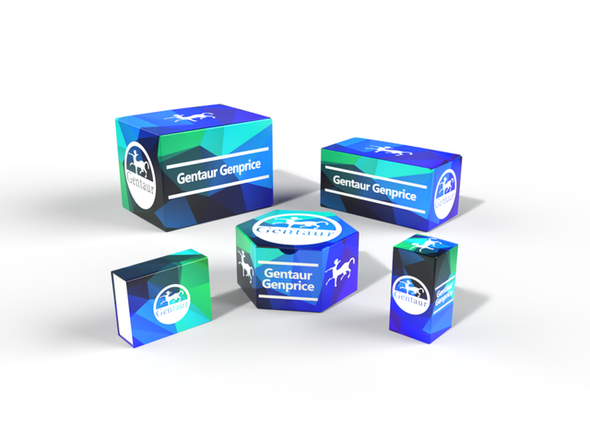26
Human CellExp™ Carbonic Anhydrase 10/CA10, human recombinant | 7485
- SKU:
- 26-7485-GEN
- Availability:
- Usually shipped in 5 working days
Description
Carbonic anhydrase-related protein 10 (CA10) is also known as Carbonic anhydrase-related protein X (CARP X or CARPX), Cerebral protein 15 (hucep-15), which belongs to the alpha-carbonic anhydrase family of zinc metalloenzymes, which catalyze the reversible hydration of carbon dioxide in various biological processes. CA10 / CARPX is an acatalytic member of the alpha-carbonic anhydrase subgroup, and it is thought to play a role in the central nervous system, especially in brain development.
7485 | Human CellExp Carbonic Anhydrase 10/CA10 human recombinant DataSheet
Biomolecule/Target: Carbonic Anhydrase 10/CA10
Synonyms: CA10, Carbonic Anhydrase X, CARPX, hucep-15
Alternates names: CA10, Carbonic Anhydrase X, CARPX, hucep-15
Taglines: Catalyzes the reversible hydration of carbon dioxide in various biological processes.
NCBI Gene ID #: 2920
NCBI Gene Symbol: GROB
Gene Source: Human
Accession #: P19875
Recombinant: Yes
Source: HEK293 cells
Purity by SDS-PAGEs: 98%
Assay: SDS-PAGE
Purity: N/A
Assay #2: N/A
Endotoxin Level: <1 EU/g by LAL method
Activity (Specifications/test method): N/A
Biological activity: Measured by its esterase activity. The specific activity, as measured with 1 mM 4-Nitrophenyl acetate (4-NPA) as substrate and 5 g rh CA10 / CARPX enzyme at 100 ng/µl in 100 L of 12.5 mM Tris, 75 mM NaCl, pH 7.5. The specific activity is >1 pmol/min/µg.
Results: Measured by its esterase activity. The specific activity, as measured with 1 mM 4-Nitrophenyl acetate (4-NPA) as substrate and 5 g rh CA10 / CARPX enzyme at 100 ng/µl in 100 L of 12.5 mM Tris, 75 mM NaCl, pH 7.5. The specific activity is >1 pmol/min/µg.
Binding Capacity: N/A
Unit Definition: N/A
Molecular Weight: This protein is fused with polyhistidine tag at the C-terminus, has a calculated MW of 32.6 kDa. The predicted N-terminus is Gln 22. DTT-reduced Protein migrates as 37 kDa due to glycosylation.
Concentration: N/A
Appearance: Lyophilized
Physical form description: Lyophilized from 0.22 m filtered solution in 50 mM Tris, 150 mM NaCl, pH 7.5. Normally Mannitol or Trehalose is added as protectants before lyophilization.
Reconstitution Instructions: Centrifuge the vial prior to opening. Reconstitute in sterile PBS, pH 7.4 to a concentration of 50 µg/ml. Do not vortex. This solution can be stored at 2-8°C for up to 1 month. For extended storage, it is recommended to store at -20°C.
Amino acid sequence: N/A






